Treat claims about US presidents’ wellbeing with a dose of scepticism
Donald Trump’s coronavirus is a reminder secrecy has been the rule with the health of US presidents despite exceptions.
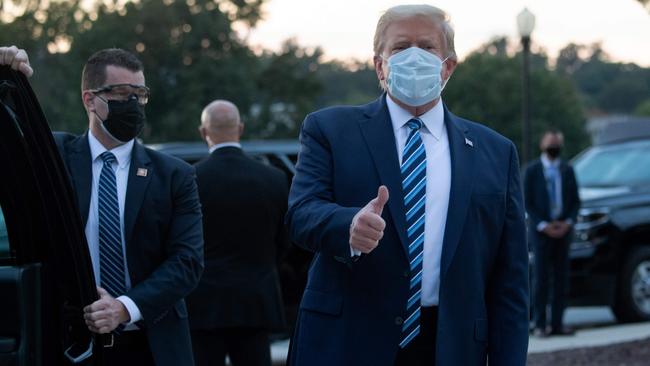
Americans know a lot about the health of their presidents, at least compared with other leaders. White House medical bulletins are expected. We know much more about President Donald Trump’s treatment for coronavirus, for instance, than Boris Johnson’s.
US presidents have been expected to release details of medical conditions since Dwight Eisenhower, the former Second World War general, began publishing regular check-ups during his two terms.
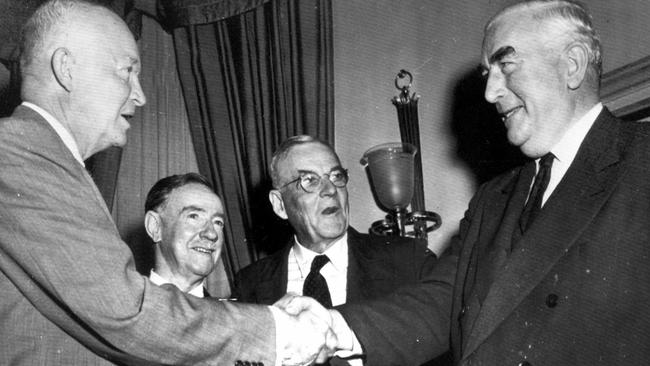
Eisenhower was initially criticised for misleading the press about his heart attack in 1955. He sought to make up for it by bombarding the media with minute details. The Associated Press was left unsure how to report updates on the president’s bowel movements.
Despite his show of greater openness, however, secrecy was the rule, not the exception.
His successor John F Kennedy, two decades younger, managed to keep hidden his chronic back pain and Addison’s disease, which left him fatigued and for which he was treated with steroids. Rumours of his ailments circulated and the offices of a doctor who treated him were broken into during his close-fought 1960 election contest with Richard Nixon, although the would-be thieves left empty-handed.
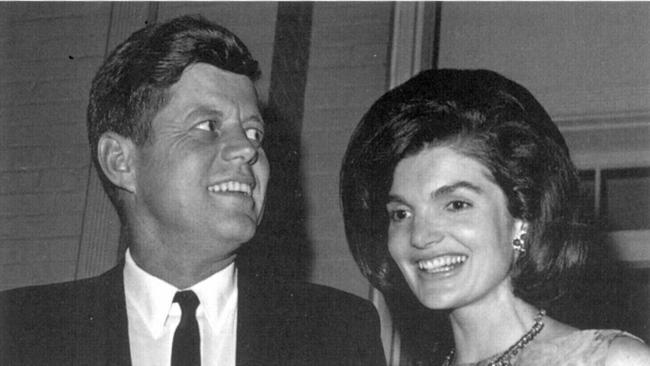
None of Ronald Reagan’s four doctors said they saw signs of dementia during the president’s eight years in office, but his son Ron said he suspected the condition in 1984, around the time of his re-election, although it was not diagnosed until 1994.
Masking the true health of the president has a rich history, especially during a pandemic.
A hundred years ago, Spanish flu felled the president’s secretary, an usher, a stenographer, a secret service agent and even two sheep that grazed the White House lawn.
Yet when Woodrow Wilson went down with a flu-like illness in Paris while negotiating the Treaty of Versailles, a veil of secrecy descended. Historians still dispute whether Wilson actually had the Spanish flu but worse was to come – a stroke six months later was again covered up, even though he could barely perform his duties.
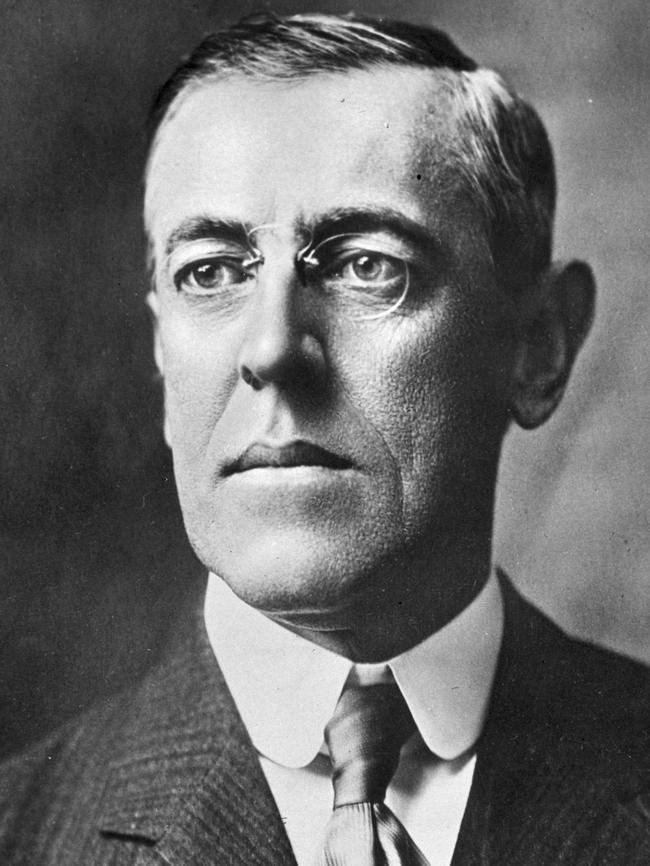
Wilson’s successor Warren Harding died suddenly two years into his term. The cause remained unknown after his wife refused an autopsy and insisted he be embalmed an hour after he died.
Franklin Roosevelt rarely appeared in his wheelchair and concealed the collapse in his health to run for a fourth term in 1944.
During the campaign his personal physician, Admiral Ross McIntire, said: “The president’s health is perfectly OK. There are absolutely no organic difficulties at all.” FDR died 82 days after being sworn in.
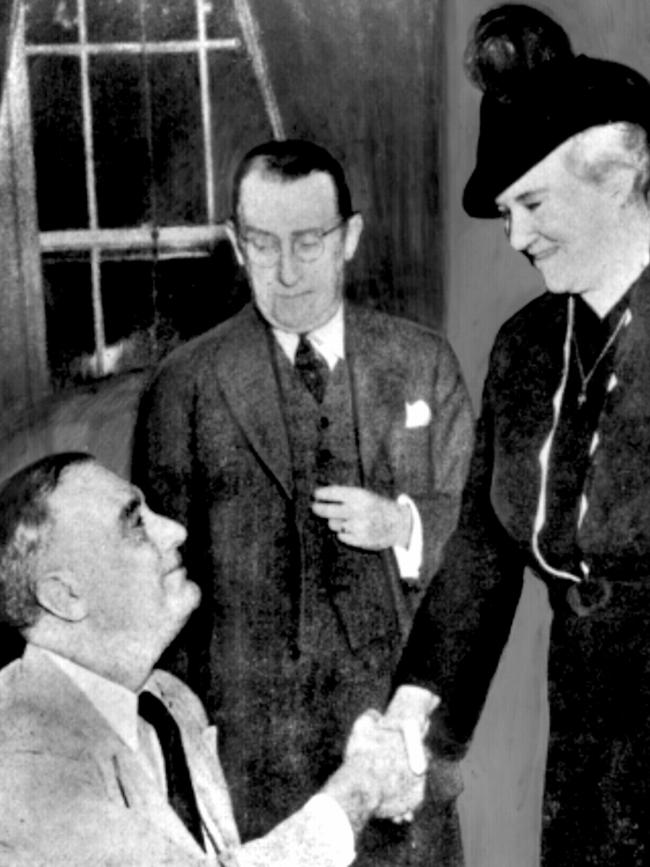
As has become clear during Mr Trump’s recent illness, his doctors are only at liberty to release medical details with his permission. His physician refused to answer questions about the condition of his lungs, saying merely that “there are some expected findings but nothing of any major clinical concern”.
Mr Trump saw in 2016 how any hint of physical impairment can be used as a weapon. When Hillary Clinton stumbled while being helped into a car, aides said she was “overheated” but later confirmed she had pneumonia. Mr Trump wielded ridicule: “She can’t make it 15 feet to her car, give me a break.”
Despite his promise to undergo a “live televised medical examination” on Friday US time, Mr Trump has form when it comes to his health. In 2016 his physician Harold Bornstein wrote: “His physical strength and stamina are extraordinary. If elected, Mr Trump, I can state unequivocally, will be the healthiest individual ever elected to the presidency.”
In 2018 Dr Bornstein admitted it was his patient’s work, saying: “He dictated that whole letter.”
The Times

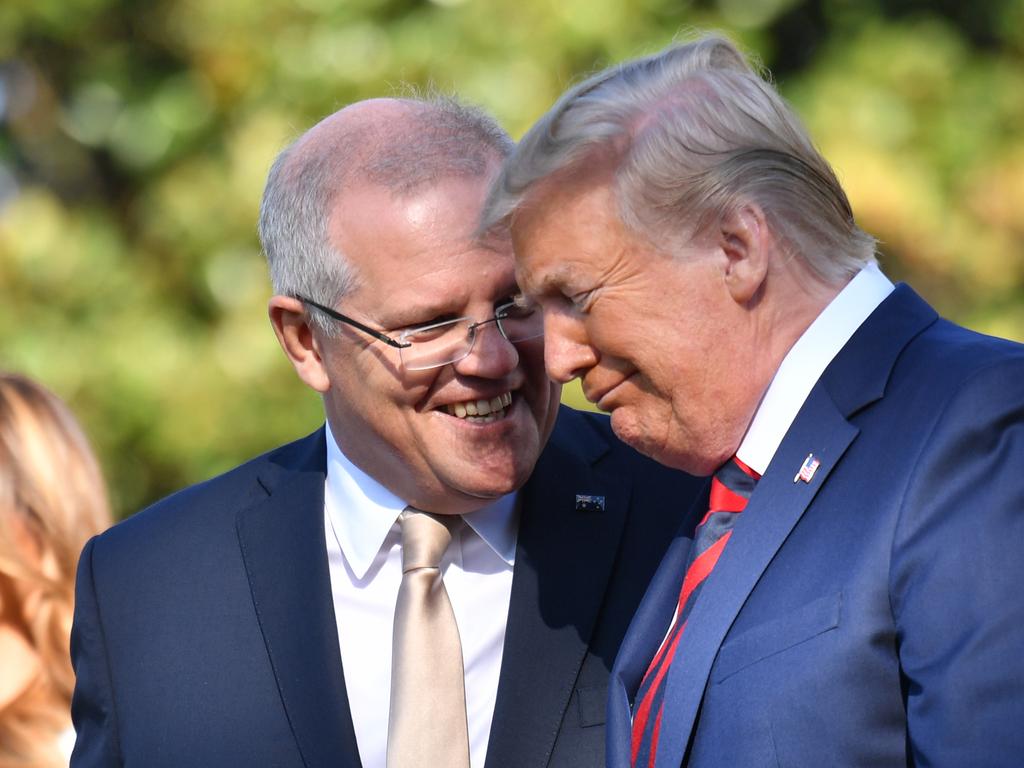


To join the conversation, please log in. Don't have an account? Register
Join the conversation, you are commenting as Logout